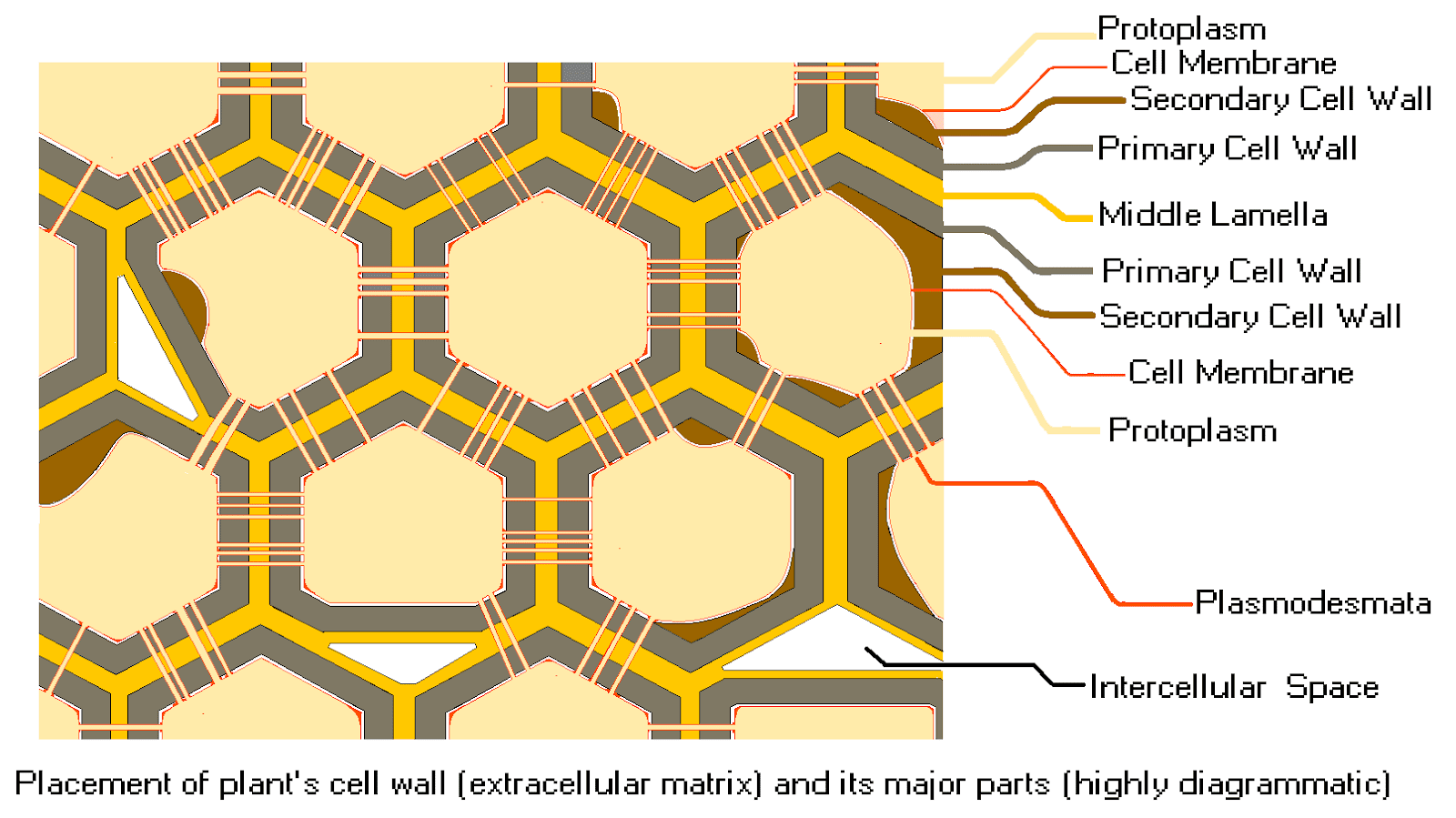

However, due to the complex nature of plant materials, especially those same chemical groups shared between xylan and cellulose, the utility of specific Raman vibrational modes that are unique to xylan have been debated.

Raman-based imaging techniques, especially the highly sensitive stimulated Raman scattering (SRS) microscopy, have proven to be valuable tools for label-free imaging. Effective detection of xylan, particularly by in situ imaging of xylan in the presence of other biopolymers, would provide critical information for tackling the challenges of understanding the assembly and enhancing the liberation of xylan from plant materials. Beyond a source of fermentable sugars, xylan constitutes a critical polymer in the plant cell wall, where its precise role in wall assembly, maturation, and deconstruction remains primarily hypothetical. (right) Gram Stain of Escherichia coli which are Gram-negative (pink) bacilli.Plant hemicellulose (largely xylan) is an excellent feedstock for renewable energy production and second only to cellulose in abundance. (left) Gram Stain of Staphylococcus aureus which are gram-positive (purple) cocci in clusters. Common Gram-positive bacteria of medical importance include Streptococcus pyogenes, Streptococcus pneumoniae, Staphylococcus aureus, Enterococcus faecalis, and Clostridium species.

Gram-Positive, Gram-Negative, and Acid-Fast Bacteria


 0 kommentar(er)
0 kommentar(er)
